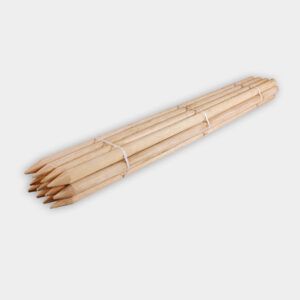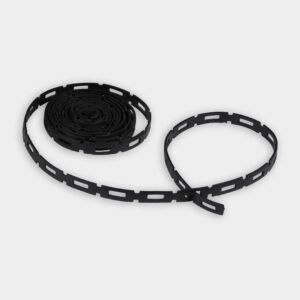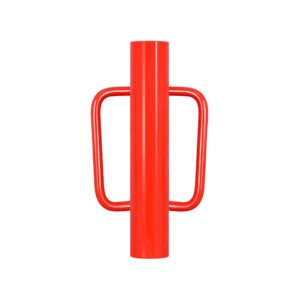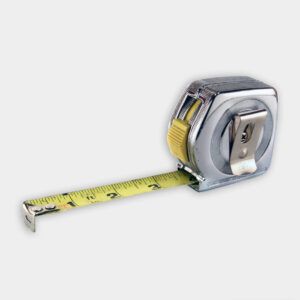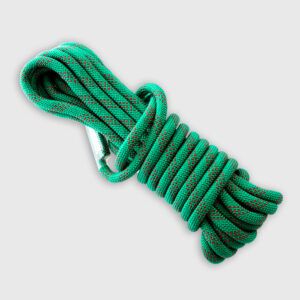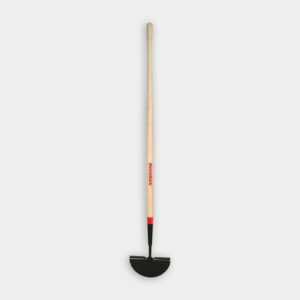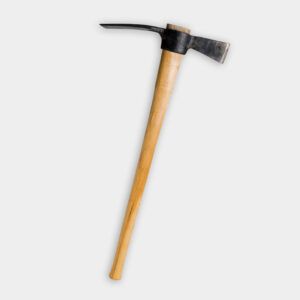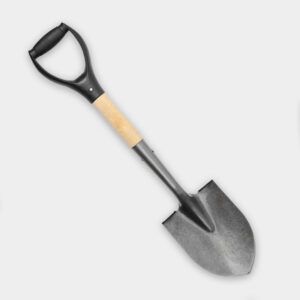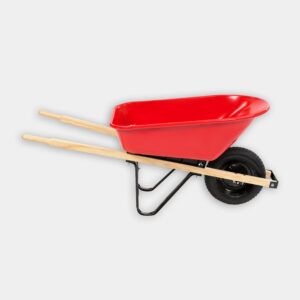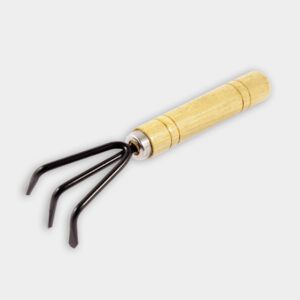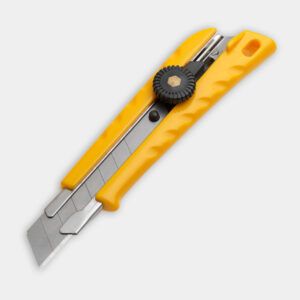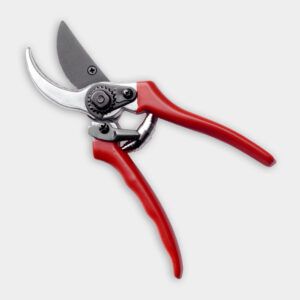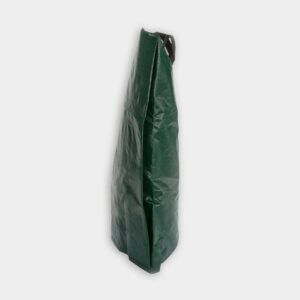We may be compensated if you purchase through links on our website. Our team is committed to delivering honest, objective, and independent reviews on home products and services.
Planting a large shade tree on your own may seem daunting, but it’s doable with proper planning and a little knowledge. This Old House landscape contractor Roger Cook demonstrates the steps for selecting and planting a deciduous shade tree.
Choosing the Right Shade Tree
When choosing a shade tree, keep in mind the mature height and spread the space you want to plant in can accommodate. Large shade trees typically reach heights of 40–60 feet or more, with canopies spanning 30–50 feet wide. Some popular fast-growing shade trees include the following:
- American sycamores
- Red maples
- River birches
- Tulip poplars
Keep in mind that faster-growing trees often have weaker wood and shorter lifespans compared to slower-growing varieties.
Sun and Soil Needs
Also think about the soil and sun requirements when choosing the right tree for your yard and preferences. Most shade trees thrive in full sun, requiring at least 6 hours of direct sunlight daily. Other trees, such as dogwoods and redbuds, can tolerate partial shade. Ensure your chosen tree is compatible with the available sunlight where you intend to plant, as well as your soil’s pH, drainage, and composition.
Climate Compatibility
Lastly, select a tree species that is well-suited to your local climate and USDA hardiness zone. Native trees are often the best choice, as they’re adapted to local conditions and support wildlife. In the video, Cook helps a homeowner select a red maple, which is native to many parts of North America and offers beautiful fall color.
Preparing for Large Tree Planting
Before you begin digging, take these essential preparatory steps.
Call Utility Companies
Contact your local utility companies to mark any underground lines or pipes in your yard. This step prevents accidental damage to utilities and ensures your safety during planting.
Gather Tools and Materials
You’ll need the following to plant your tree:
- Compost
- Drip irrigation bags
- Edging tool
- Garden mattock
- Measuring tape
- Mulch
- Plastic chain for securing the tree
- Pruning shears
- Rope
- Shovel
- Starter fertilizer
- Superphosphate
- Three-prong cultivator
- Tree stakes
- Tarp
- Wheelbarrow
Determine Planting Location
Choose a spot for your tree that allows for its mature size and doesn’t interfere with structures or utilities. Keep the following in mind:
- Distance from your home or other structures (at least 20 feet for large trees)
- Overhead power lines
- Proximity to other trees or landscaping features
- Underground utilities
Digging the Shade Tree Hole
Getting this step right actually has a lot to do with how well your tree takes off and its long-term health.
Marking the Hole
First, drive a wooden stake into the center of the proposed planting spot. Measure the diameter of the tree’s root ball. Create a circular outline for the hole using rope and an edging tool, ensuring the diameter is twice that of the root ball.
Excavating the Soil
Next, you need to remove grass and soil from within the marked area. Use a garden mattock and shovel to strip away grass, placing it in a wheelbarrow. Dig the hole to a depth equal to the tree’s root flare height. The root flare is where the trunk widens at the base of the tree. Place excavated soil onto tarps for later use.
Checking Hole Depth
Measure from the bottom of the hole to ground level. Compare this measurement to the root ball’s height, accounting for the exposed root flare. Avoid planting the root ball too low, as this will affect its growth.
Placing and Positioning the Large Shade Tree
Gently lower the tree into the hole, keeping the root ball intact. Rotate the tree until its best side faces the desired direction.
Step back and view the tree from multiple angles. If the tree is leaning, carefully lift it and add or remove soil beneath the root ball to level it.
It’s crucial to plant the root flare at the proper depth. Cut away all burlap and wire baskets from the root ball, being careful not to damage roots. Use a three-tine cultivator to gently loosen the root ball’s outer roots. This encourages roots to grow outward into the surrounding soil. Inspect the root ball for any roots circling the trunk. Use pruning shears to cut away any girdling roots you find.
Ensure the root flare is slightly above ground level when planting.
Backfilling and Watering Your Tree
Proper backfilling and initial watering are crucial for your tree’s establishment.
First, mix the following into the excavated soil:
- Compost to improve soil structure and fertility
- Superphosphate to promote root growth
- Starter fertilizer to provide initial nutrients
Backfilling
Gradually add the amended soil around the root ball. Gently tamp down the soil to remove air pockets, but avoid over-compacting. Continue until the hole is filled, ensuring the root flare remains partially exposed.
Initial Watering
Thoroughly water the tree immediately after planting. Use a garden hose to slowly saturate the entire planting area. Allow water to seep in, eliminating any remaining air pockets.
Post-Planting Tree Care
Proper care in the weeks and months following planting is key to your tree’s health.
Staking the Tree
While not always necessary, staking can provide support in windy areas. Drive two metal stakes into the ground on opposite sides of the tree. Secure the tree to the stakes using plastic chains or tree ties. Allow some movement to encourage strong root and trunk development.
Mulching
Apply a 3-inch layer of organic mulch around the base of the tree. Keep mulch 2–3 inches away from the trunk to prevent moisture buildup and rot. Extend the mulch to the edge of the planting hole or slightly beyond.
Ongoing Watering
Consistent watering is crucial for establishment. Use drip irrigation bags for slow, deep watering. Fill the bags daily for the first week, then twice weekly for several months. Adjust watering frequency based on rainfall and soil moisture.

